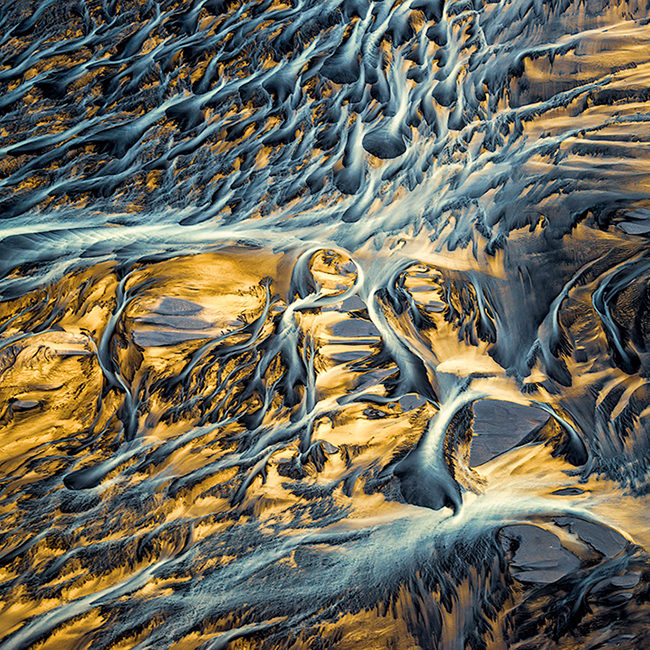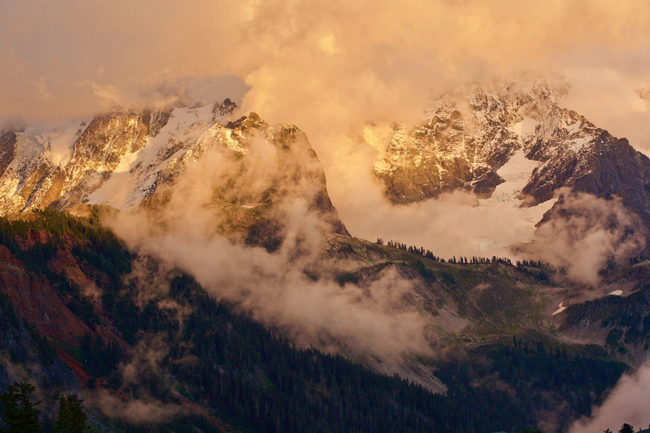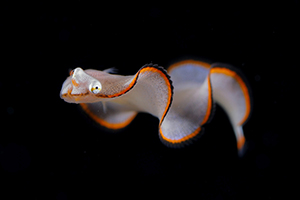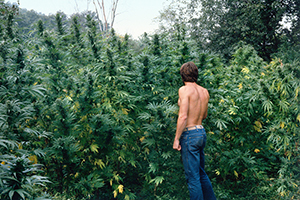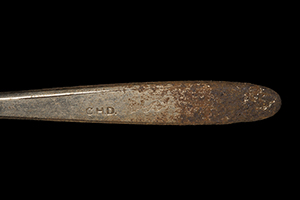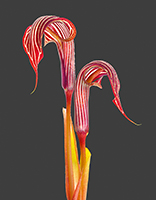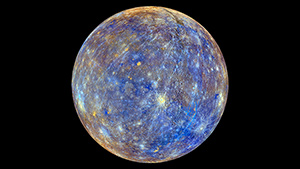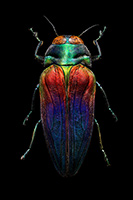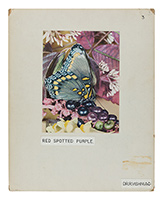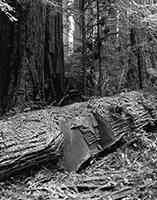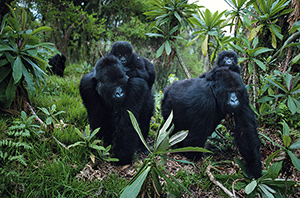More than one person has noted the resemblance between Daniel Kariko’s magnified bugs and patrons at the Mos Eisley cantina in Star Wars. “I’m looking for the anthropomorphic qualities” of these non-human subjects, Kariko tells PDN, but he admits the creatures sometimes resemble “little aliens.” Combining data from a light microscope and scanning electron microscope, Kariko’s images depict the surprisingly charismatic insects that share our houses and yards. “Many of them have multiples of eyes, segmented eyes or proto eyes. Most of them have what can be described as a face.” His goal, he says, “is to show the variety and the wonderful nature of these things that are surrounding us.”
The series, “Suburban Symbiosis: Insectum domesticus,” began when the biology department at East Carolina University, in Greenville, North Carolina, where Kariko teaches photography, invited colleagues to collaborate. Kariko was impressed with the equipment and collections of animal and bird specimens, but wasn’t sure how he could make use of them—his projects were usually concerned with landscape and land use. But for a year, “I kept thinking about it,” he says. Eventually found himself interested in the insects he found around the house, “the results of us [building] subdivision further into rural areas.” Under the microscope, the creatures he found turned into vivid characters, fellow actors in the drama of life. “Most people call the exterminator or freak out, because we think of ourselves as separate” from the natural world, says Kariko. That attitude of us versus them “illustrates our current relationship with the world around us.”
At the lab, the biologists asked Kariko which microscope he wanted to use—the light microscope, which records color information, or the scanning electron microscope, which uses a beam of electrons to produce a sharp, highly detailed black and white image. “I thought why not use both, and see what happens?” Kariko says. He began combining information gathered with both types into composite images. The rich shades of brown, red and green are the actual colors of the insects, but like any photo, they are affected by the light they are shot under. “The color comes from the specific kind of lighting which is available with a microscope, which is mostly small gooseneck LED lamps,” says Kariko. “So in that sense I’m getting artificial color, not daylight color.” Controlling that light takes a special set of tools. From entomologists, he learned to make a few simple devices, including “half a Styrofoam cup to diffuse the light” on the sides of an insect. “I was imagining it as a little portrait studio. I made a number of little [devices] from the normal materials that we use in a photo lighting studio—little diffusers and little reflectors. A lot of insects have very glossy surfaces, so in order to get the proper color, I’m trying to avoid all the hot spots. That’s the toughest part.”
The specimens he works with—which he collects himself or gets from friends and neighbors—are on the large end of what the SEM can see. “It’s really made for looking at bacteria,” he says. “So me looking at insects is—I don’t want to say misuse, but it’s only tapping into the surface possibilities of that instrument.” Bigger samples “simply won’t fit on the specimen plate.” Since his subjects are visible with the naked eye, sometimes he can tell before he starts that’s he’s got a hit. “Some are obvious,” he says—a bright green bug, for instance, is going to add some great color to the series. Others are “really really minuscule. It’s just this tiny little piece of fuzz. What was interesting was the kind of variety of color and shape and facial structure—if you want to think of bugs as having faces.”
As the series progresses, Karkio has begun to refine it. “More and more as I proceed with the newer work I keep looking at sixteenth and seventeenth century portraits, Northern European artists,” he says. While he keeps the insects themselves true to the color he shot, he has begun experimenting with the background. “I might change the opacity or the focus on the background,” he says, to imply a kind of landscape. He’s “looking at Van Eyck, and perhaps a little bit of a Rembrandt with the browns, but that’s what naturally appears.” —Rebecca Robertson
Related Stories:
Dragon Sir
Sun Flares and Ice Crystals Up Close
What’s Your Niche: Ophthalmic Photographer
